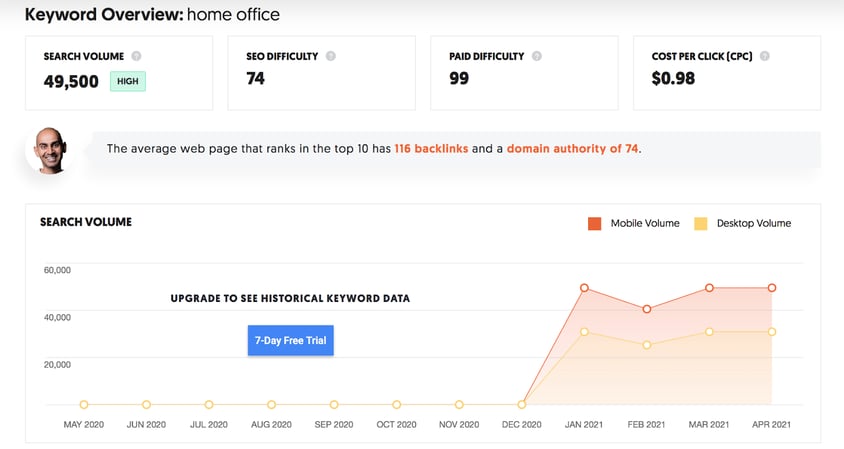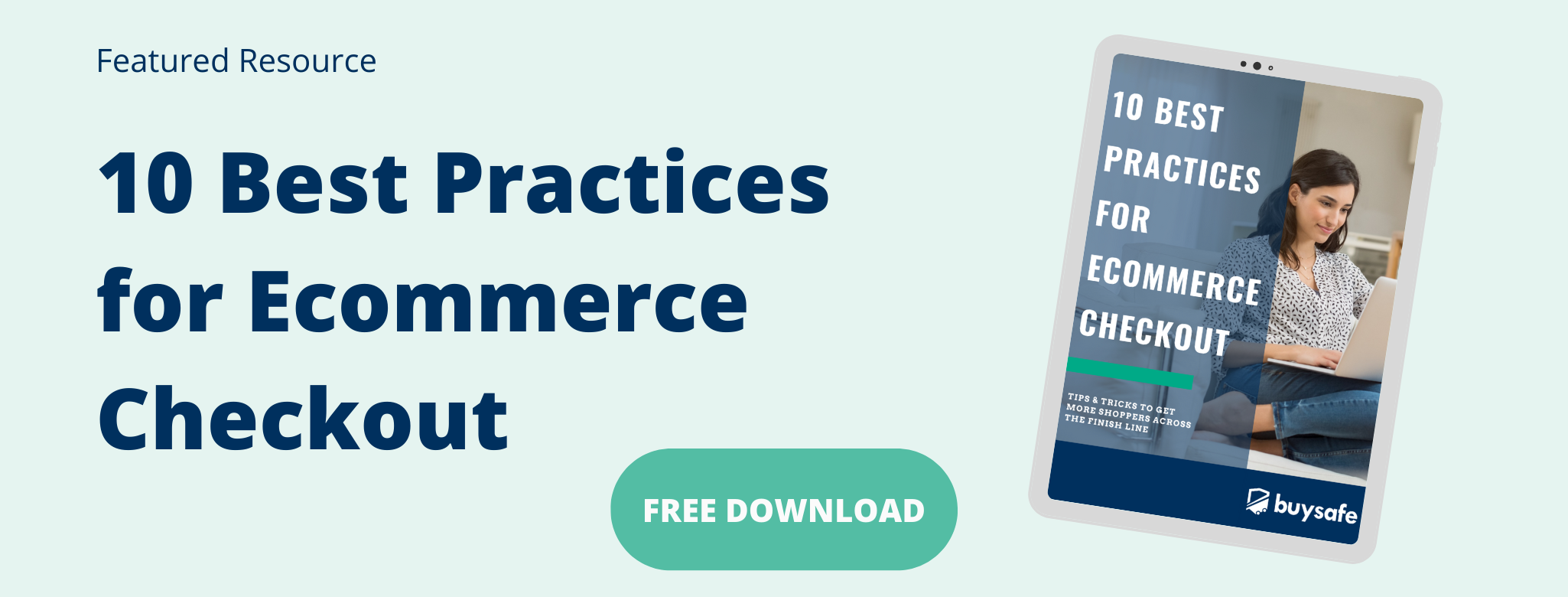A lot of small businesses make the mistake of targeting high-search keywords from the onset but they soon discover that all their efforts end in futility because the big companies have already carved a large part of the content pie. There is so much content out there and companies are competing to dominate in their respective markets. The question remains, “In a highly competitive niche market or a small addressable market, how can you increase your google ranking, increase your Search Engine Optimization (SEO), and still remain relevant in the market?
Contrary to popular belief, there’s a huge opportunity to capture your audience using long-tail, low-search keywords. Here are a few steps on how to optimize your ranking given the constraints you may have in a highly competitive or a very niche market:
1. Do your keyword research:
Most ecommerce companies start by building content and try to fit it to the demands of their target audience, whereas, what they should be doing before building content is understanding their customers’ needs and how to address them. You may decide to use platforms like Moz or Ubersuggest to find relevant keywords in your niche. As an ecommerce business, you should know that your stakeholders differ at a variety of levels. Understand the different customer segments and know how to target them at those levels.
Another great way of doing keyword research is going on user-generated content sites and social communities. You’ll be shocked by the level of high-quality content you’ll receive from sites like Reddit and Quora. There are also sites like Amazon and eBay where you can get keywords from reviews. You can also get keywords from YouTube’s comment section on various content topics.

Using tools like BuzzSumo or Google Trends is a great way to see what kind of content is performing well in your industry. Keyword research is a critical foundational step in basic SEO implementation. A strong selection of keywords can help boost the visibility of your products, your business, and your overall brand.
2. Focus on the bottom of the pyramid:
Similar to how disruptive innovators emerge, you can start by building content around long-tail, low search keywords. Look for highly targeted words with low search volume. They are usually the lower alternative. You may ask, “How could this possibly work?” Well, by populating content around these low search keywords, you’re carving a niche content space for your potential customers.
Low search volume keywords may appear unassuming at first but in the long run, they’ve proved to be very beneficial. Think of it this way, there’s more room at the bottom of the pyramid than at the top, so take advantage of it and build a name for yourself.
For instance, you may be in the home office market which is relatively high considering the limitations of the pandemic. However, there may already be huge players ranking high on this keyword. Your best bet is to target a lower search volume keyword like home office inspo. Become an expert in this domain. This can even create an opportunity to expand to new markets. Only integrate high search volume keywords once you’ve gained momentum.

Using long-tail keywords in your product details and descriptions can help you catch the exact audience you are looking for and, on the consumer end, this can encourage better purchasing decisions.
3. Create a content strategy to move up the pyramid:
Now that you have a list of low search keywords in your domain, create relevant and valuable content around these words and create an action plan. Write down clearly stated goals and work hard towards achieving them.
In the case of the home office search, you can focus on building content around home office inspo, then, move on to home office desk ideas once you’ve captured a certain number of new customers. As you move up the pyramid, you’re not only gaining new clientele but also forging a new path for gaining new clients.

Low search volume keyword strategy is disruptive in nature. You start out with keywords that are unassuming and build great content as you move up the pyramid.
